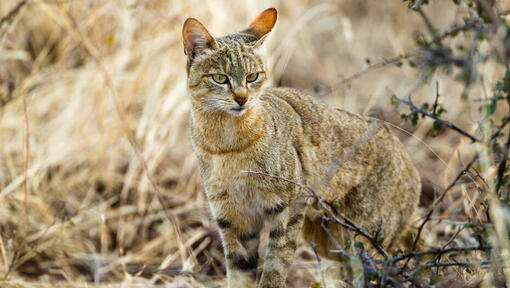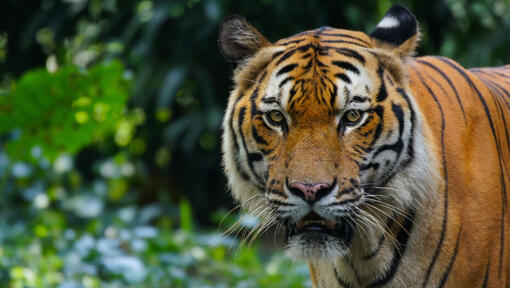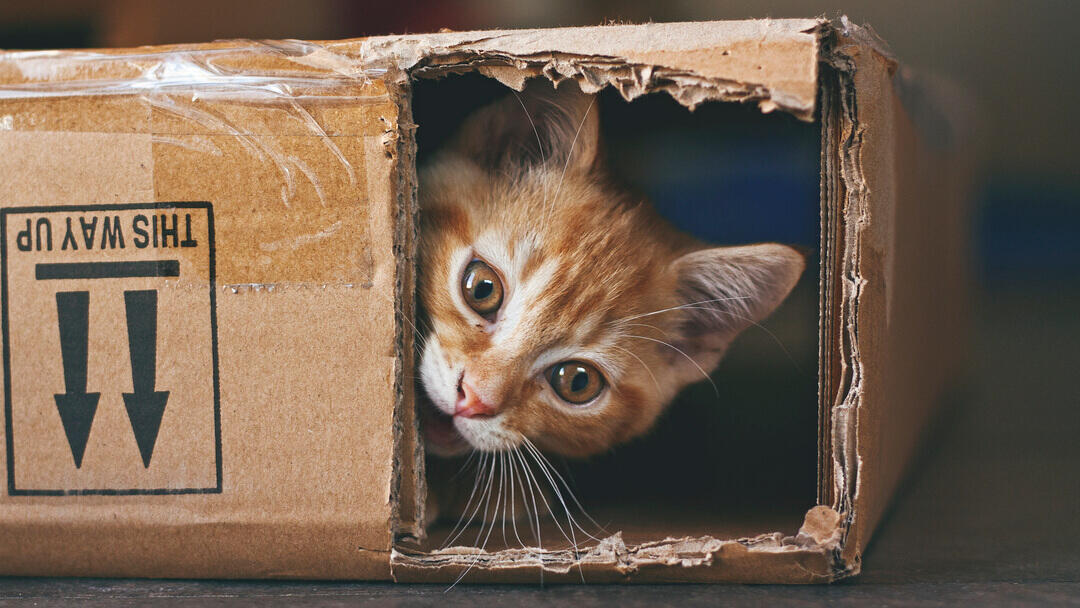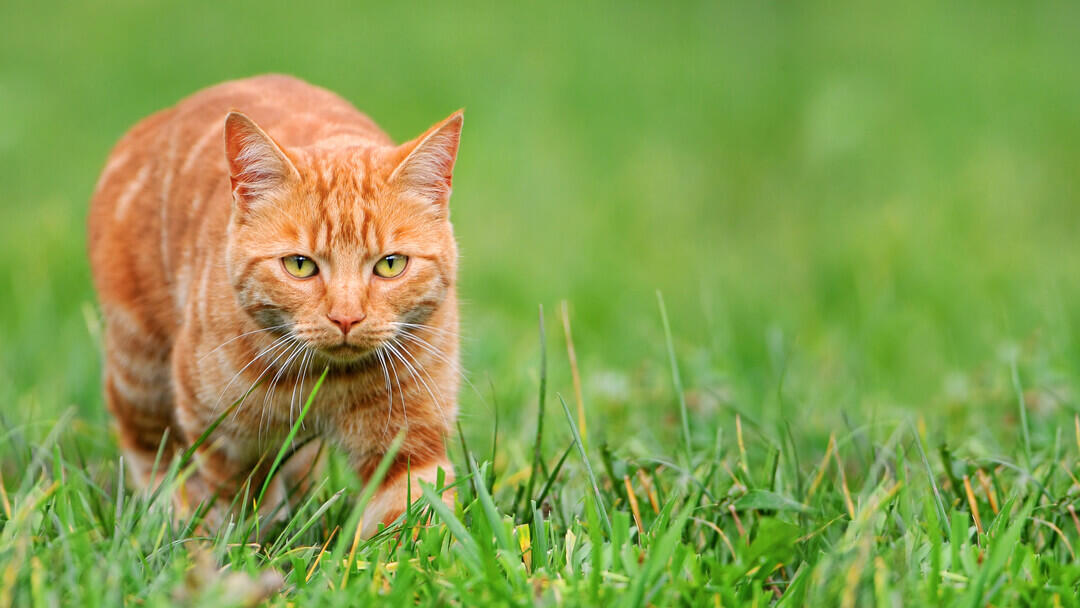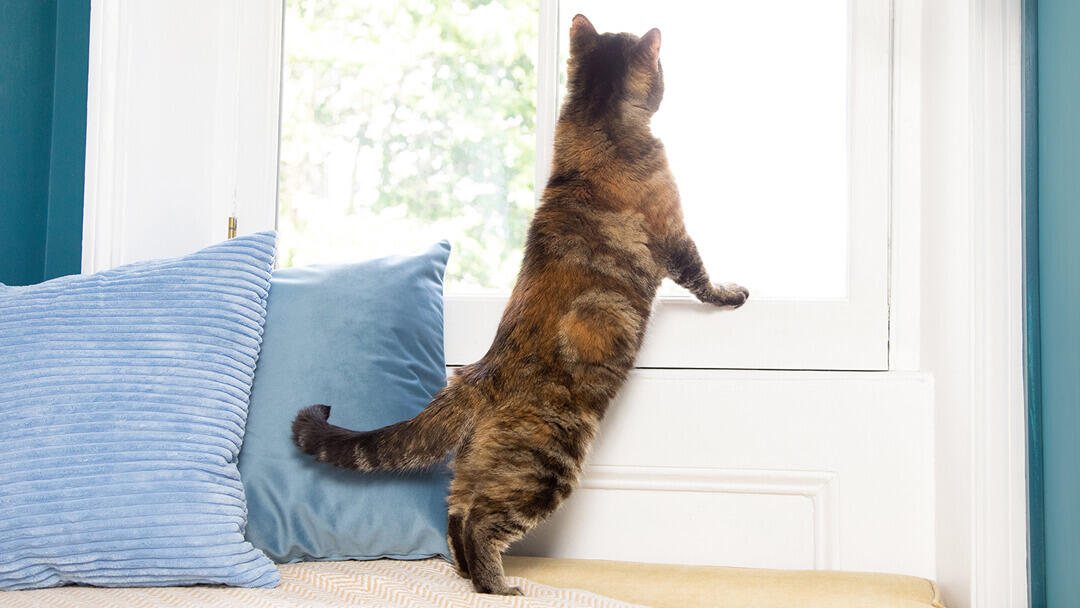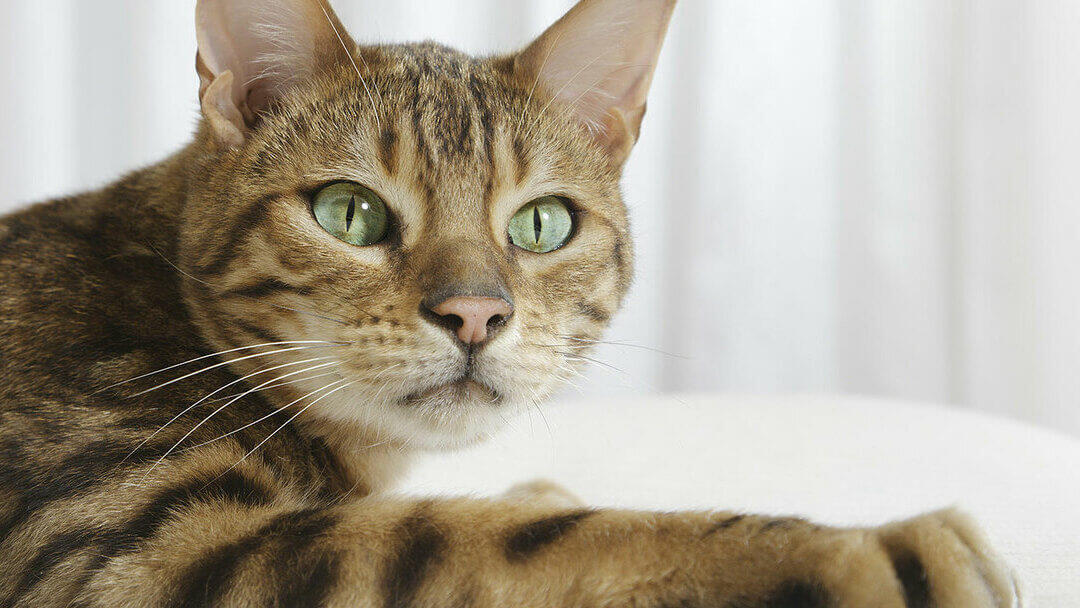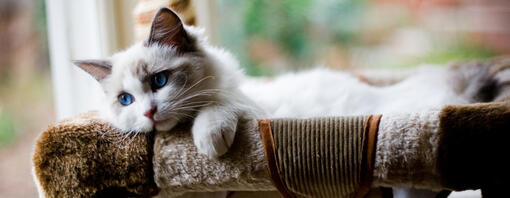
If you have a cat in your life, you may be wondering about their origins and where your domesticated kitty came from. Find out all you need to know about the history of cats in this article.
Our cats have been members of our family for as long as we can remember. They’re amazing snuggle companions and their funny mannerisms constantly amuse us, but how much do we actually know about the history of cats? For many of us, the origins of our felines are a complete mystery and very little is known about the reasoning behind certain behaviours.
To help you better understand the miniature tiger on your lap, we’ve put together this article that tells you everything from the origin of cats to why they possess certain instincts.
Where did domestic cats come from?
It is believed that all modern cat species hailed from one ancestor – the Middle Eastern Wildcat, Felis Sylvestris. Researchers largely based this theory on their similar skeletal structures.
However, more evidence emerged on the origin of cats when a study published in 2007 analysed the DNA of different wildcats from various regions and compared them to domesticated cats. Interestingly, they discovered that the DNA of the African Wildcat correlated with both purebred (yes, even the elegant Ragdoll or Siamese) and mixed breed moggies, which adds weight to the common-ancestor theory.
When were cats first domesticated?
When it comes to the history of cats, it’s quite hard to pin down when they were first domesticated. This is largely due to the previously mentioned fact of their remarkably similar skeletons.
It wasn’t until 1983 that we even had the first inkling of cat domestication, when a cat jawbone was located in Cyprus during an archaeological dig and they estimated that domestication had occurred 8,000 years ago. Researchers thought this cat must have been domesticated because the only way a cat could have got to the island was via a ship with humans, and it was incredibly unlikely that they would have been able to bring cats which were completely wild along with them.
Further research in 2004 set the origin of cat domestication back even further as according to The Smithsonian, a cat was found purposefully buried with a human, which was thought to be 9,500 years old.
Since then, another study was done in 2017 at the University of Leuven. This research analysed the DNA from 200 cats found in archaeological sites in the Near East, Africa and Europe. The ages of these discoveries ranged between 100 to 9,000 years ago with some suggested as aged up to 12,000 years old.
The Smithsonian also states some researchers believe that the initial domestication process began with the very first agricultural settlements around 12,000 years ago in the Fertile Crescent (located in the Middle East). Historians have proposed that as people began to grow crops and use grain stores, this attracted mice and rats, and with the abundance of prey came the wild cats. It’s likely that people recognised the great benefits of pest control, so they allowed these cats to stay, which eventually led to them living in their homes and becoming their companions.
Domestic cats and wild cats
So now you know all about the history of cats and their wild roots, it’s time to explore how this has impacted on cat characteristics and traits.
It may surprise you that even today your domestic cat’s DNA is 95% similar to tigers, and they’ve inherited many instincts from their wild ancestors. A few of the inherited instincts are as follows:
Long sleeping sessions
Both domestic and wild cats spend around 16 to 20 hours of the day sleeping, so they’re both heavy sleepers!
Obligate carnivores
This is probably one of the least surprising cat traits that wild and domestic cats share. They’re both obligate carnivores, meaning they need to have some meat in their diet to get all the nutrients they need.
Same hunting techniques
Your little cat’s hunting instincts are incredibly similar to that of a big cat. The ambush technique, where they lie in wait and pounce on their prey is the same amongst all big cats. And they even share similar hunting patterns, choosing to mainly hunt at dusk and dawn.
Always grooming
An interesting shared cat characteristic is the fact that both wild and domesticated cats tend to spend between 30-50% of their time grooming. This is essential for hunting as it helps to keep their scent neutral so they can stay undetected by their chosen prey.
Making biscuits
Cat kndineag, also known as ‘making biscuits’, is thought to be a cat trait inherited from your domesticated feline’s wild ancestors. While your cat may look as though they’re kneading dough, in the wild this is their way of creating a nest and checking for any potential predators or dangerous things lurking beneath.
Marking territory
Territorial behaviours and a need to demonstrate to others where their territory lies is common across all cats. Your pet cat and wild cats will usually do the following: spraying, rubbing their face (because of the multiple scent glands on their heads) and scratching (because of the scent glands located in their paws).



